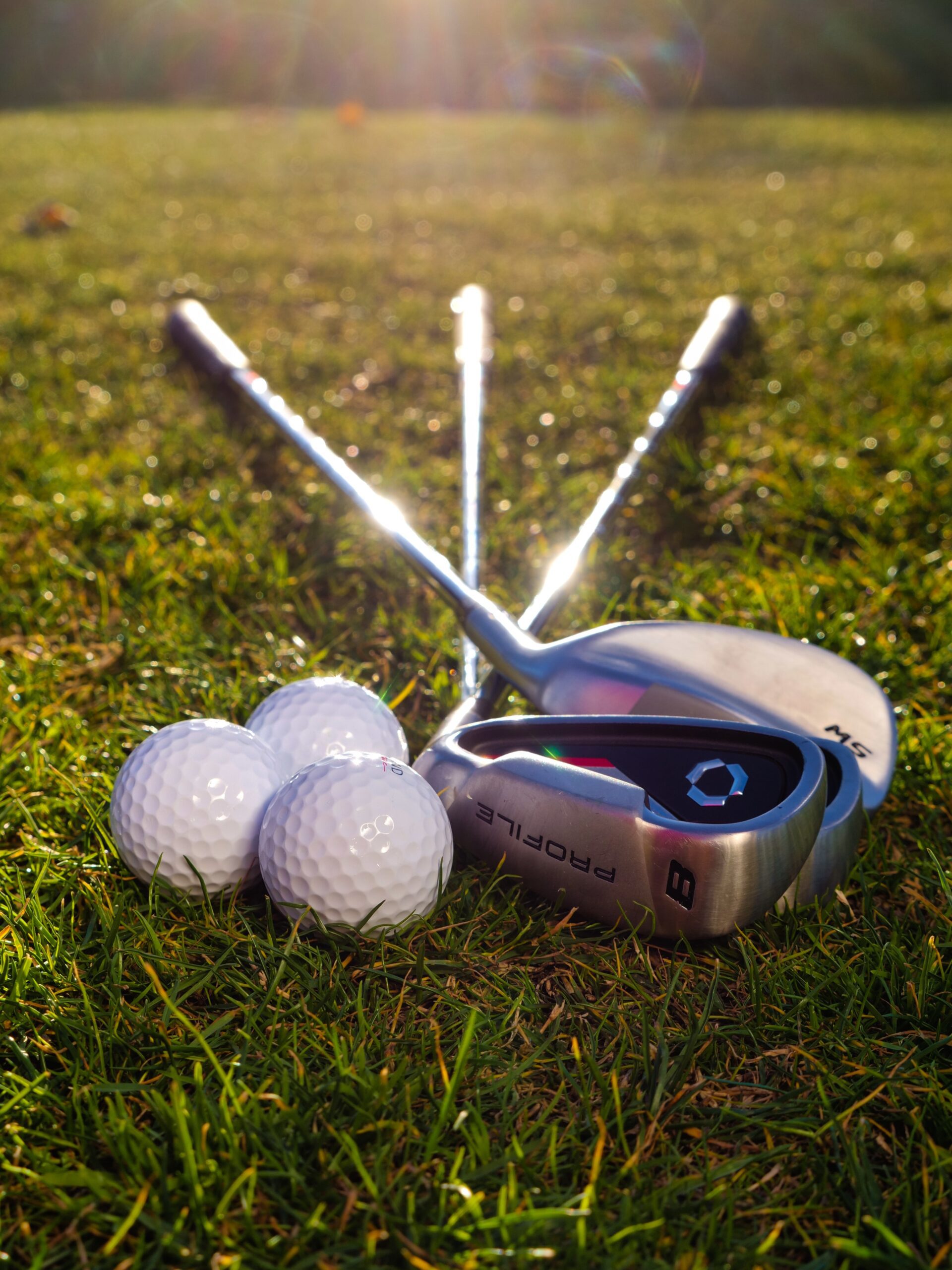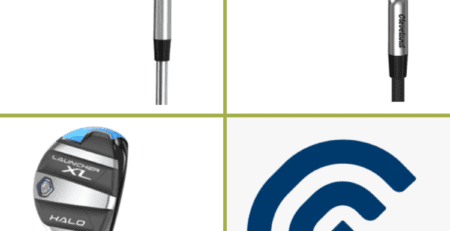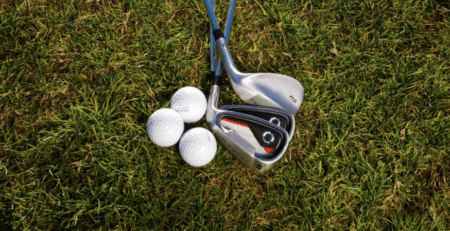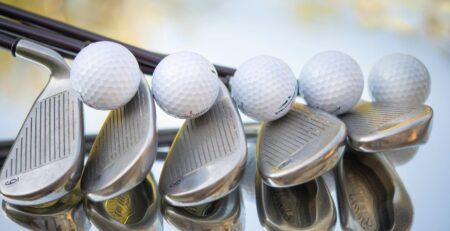How to Find the Perfect Golf Driver
Choosing the right driver sets the tone for your entire game. An accurate first shot puts you in a good position to score, but a mis-hit off the tee can leave your game lacking and your confidence low. It is therefore crucial to choose the right driver. In order to make an informed decision, you should understand specific aspects of a driver before you begin your search.
Dandagolf.com has put together a quick guide to help you decide what you’re looking for in a driver.
SIZE OF CLUBHEAD
A golf driver head is measured by its cubic centimetre volume, and the maximum size allowed is 460cc.
The latest golf drivers fall between 440cc (drivers suited for players who like to shape the ball more in the air) and 460cc (drivers suited for players who are looking for more forgiveness). The size matters. It is important to find the one that appeals to you the most.
MATERIALS
There are two types of golf drivers on the market today: titanium and carbon. Golf driver heads made from titanium are especially popular because of their strength, lightness, and durability.
It is possible for golf companies to design 460cc drivers without increasing the weight of the drivers as a result of either using titanium or composite materials. Because of the larger sweet spot on the face of the driver, players are able to swing the club faster, hit the ball further, and do so more accurately. It is possible to reduce a driver’s overall weight by using carbon on the crown or rear section of the clubhead.
MOMENT OF INERTIA (MOI)
In golf, MOI is a common phrase, particularly when it comes to drivers. Specifically, it refers to the resistance a club has to twist at impact. Having a high MOI means less chance of it twisting or rotating when you strike the ball outside the centre of the face.
CENTRE OF GRAVITY (CG)
Another common phrase is CG, which refers to a driver’s single balance point. There are different opinions on where the CG should be placed in drivers.
Moving fixed or adjustable weights inside a clubhead can move the center of gravity of a driver vertically, horizontally, or back and forth.
There can be quite a few options out there, so it’s best to get custom fitted in order to find out which CG location will work best for you.
LOFT
It is important to find the right loft and launch angle for your launch. A driver’s loft can be adjusted using an adjustable hosel, allowing manufacturers to alter height, carry, and spin.
When adjusting the loft of a club, a screw in the heel is removed, the shaft is connected to the clubhead, then the screw is replaced at the predetermined setting. Depending on the brand and model, most drivers offer up to four or five degrees of loft adjustment.
WEIGHTS
Players can improve their ball flight by using weights in the clubhead of their driver, since this affects the club’s CG and MOI. Weights can range from one to twenty grams on the sole of drivers that feature weights.When more weight is placed in the heel, a draw bias is created, while when more weight is placed in the toe, a fade bias is produced.In addition, players can simply place weight in the back portion of the head if they desire a higher ball flight.
SOUND / FEEL AT IMPACT
In addition to finding the right shaft, clubhead and swingweight combination, the sound at impact is also important to consider when it comes to feeling of a driver.
SHAFT FLEX
It is important to have a good shaft in all golf clubs, but especially in drivers. A lighter, less stiff shaft will produce a higher, right-to-left-biased ball flight, while a heavier, stiff shaft will launch the ball lower and have a greater tendency to shape the ball to the right.
Players can hit the ball farther, straighter, and more consistently with the right shaft. There are usually three shaft flexes available for drivers: regular (R), stiff (S) and extra stiff (XS).
LENGTH OF SHAFT
While the legal limit for the length of a driver is 48 inches, most drivers are between 43 and 46 inches long. In light of the fact that all other aspects of a driver are almost at or near the legal limit, why are companies not making 48-inch drivers? Physics is the answer.
Speed increases as the clubhead travels further during the swing with a longer driver. This sounds great, but longer lengths will sacrifice a little control and increase shot dispersion. For the best balance between distance and control, most drivers have shafts around 45 inches long.
All of these different things must be considered. There is no one solution for everyone, but through trial and error, research and talking to our experts you could find the right choice for you.
Whether you are a beginner, experienced or an advanced player, custom fit golf clubs will give you peace of mind knowing that whatever else happens the clubs you have are 100% right for you as an individual at that time.
The fitting data collected will be used to order you your new custom clubs and will be held on file to be used at a later date if required. D&A hold the rights of the Fitting data which is not shared until after a purchase of custom fitted clubs.
Book a fitting now – call 07522114514 or email [email protected]











